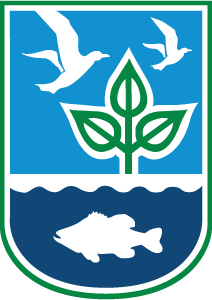Emergency Planning Community Right-to-Know Act (EPCRA)
The Emergency Planning and Community Right-to-Know Act, was passed in 1986 in response to concerns regarding the environmental and safety hazards posed by the storage and handling of dangerous chemicals. These concerns were prompted by the 1984 disaster in Bhopal, India. The incident was caused by an accidental release of methylisocyanate, which resulted in the deaths and serious injury of thousands of people.
In order to reduce the likelihood of such a disaster in the United States, Congress imposed requirements for federal, state, and local governments, tribes, and industry. These requirements covered emergency planning and "Community Right-to-Know" reporting on hazardous and toxic chemicals. The Community Right-to-Know provisions assist in increasing the public's knowledge and access to information on chemicals at individual facilities, their uses, and releases into the environment. For any hazardous chemical used or stored in the workplace, facilities must maintain a safety data sheet (SDS).
Hazardous Chemical Inventory Reporting (TIER II) Program

